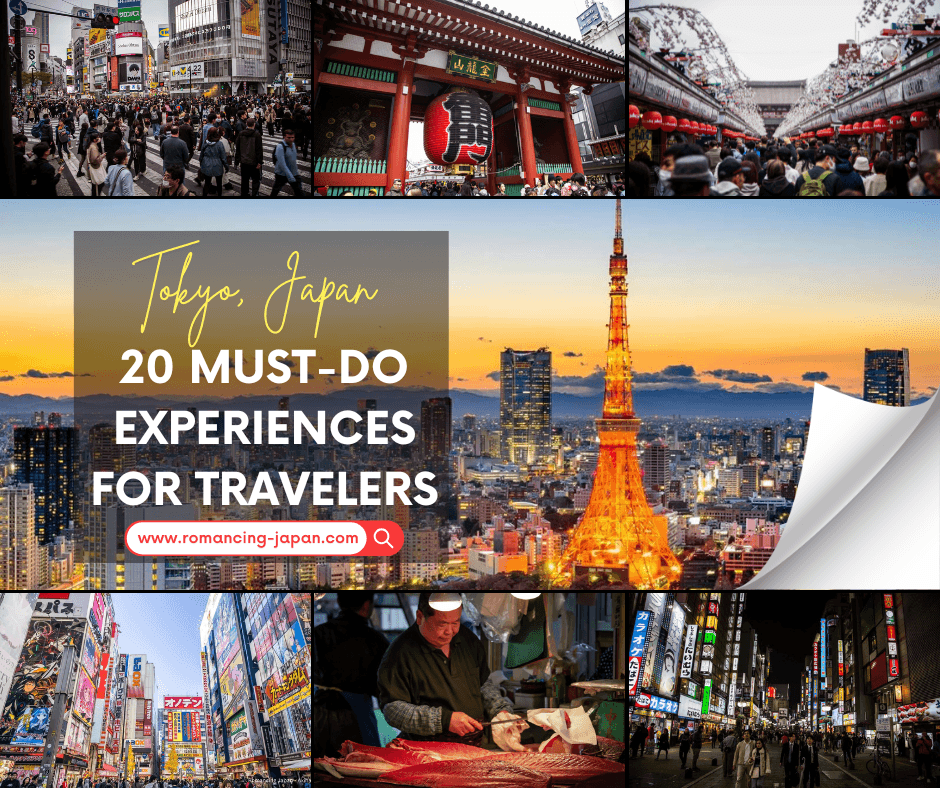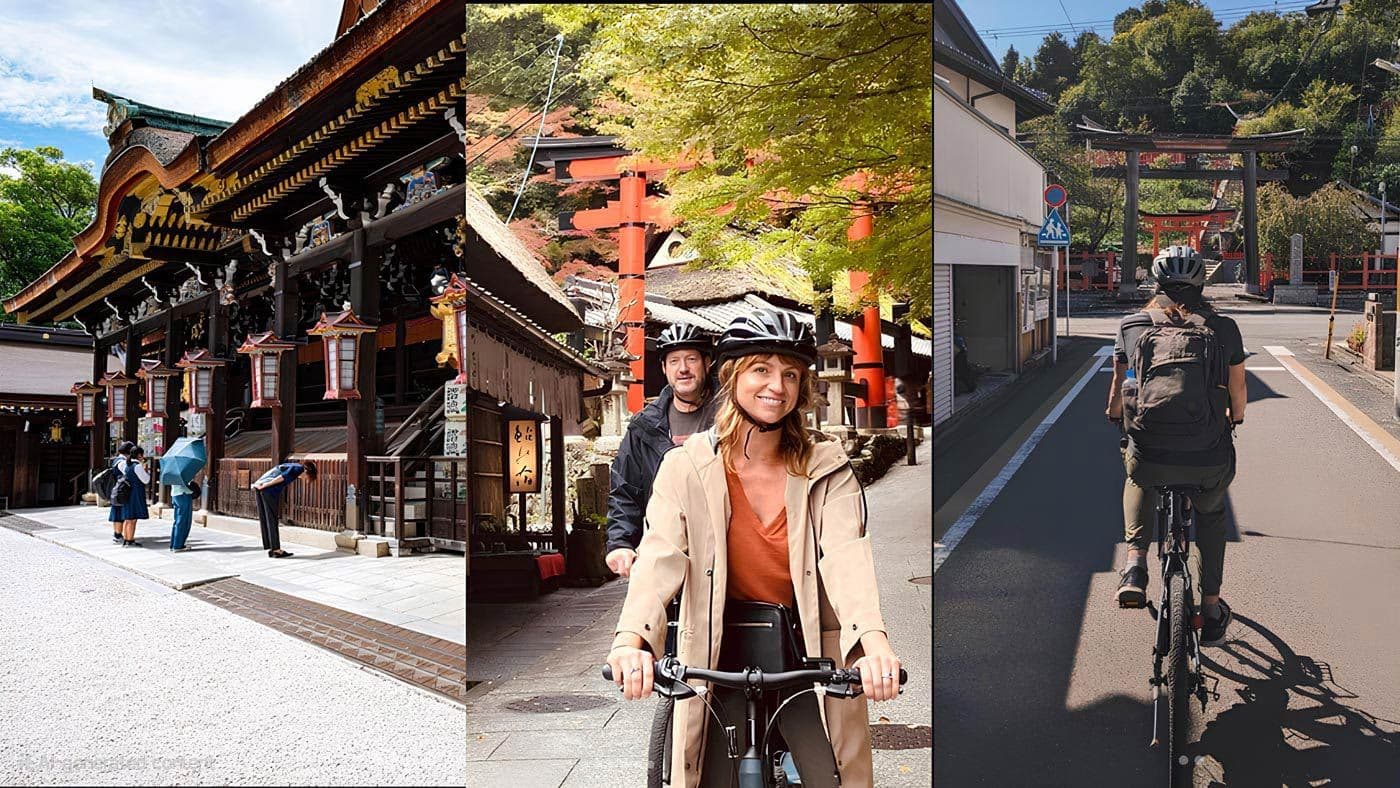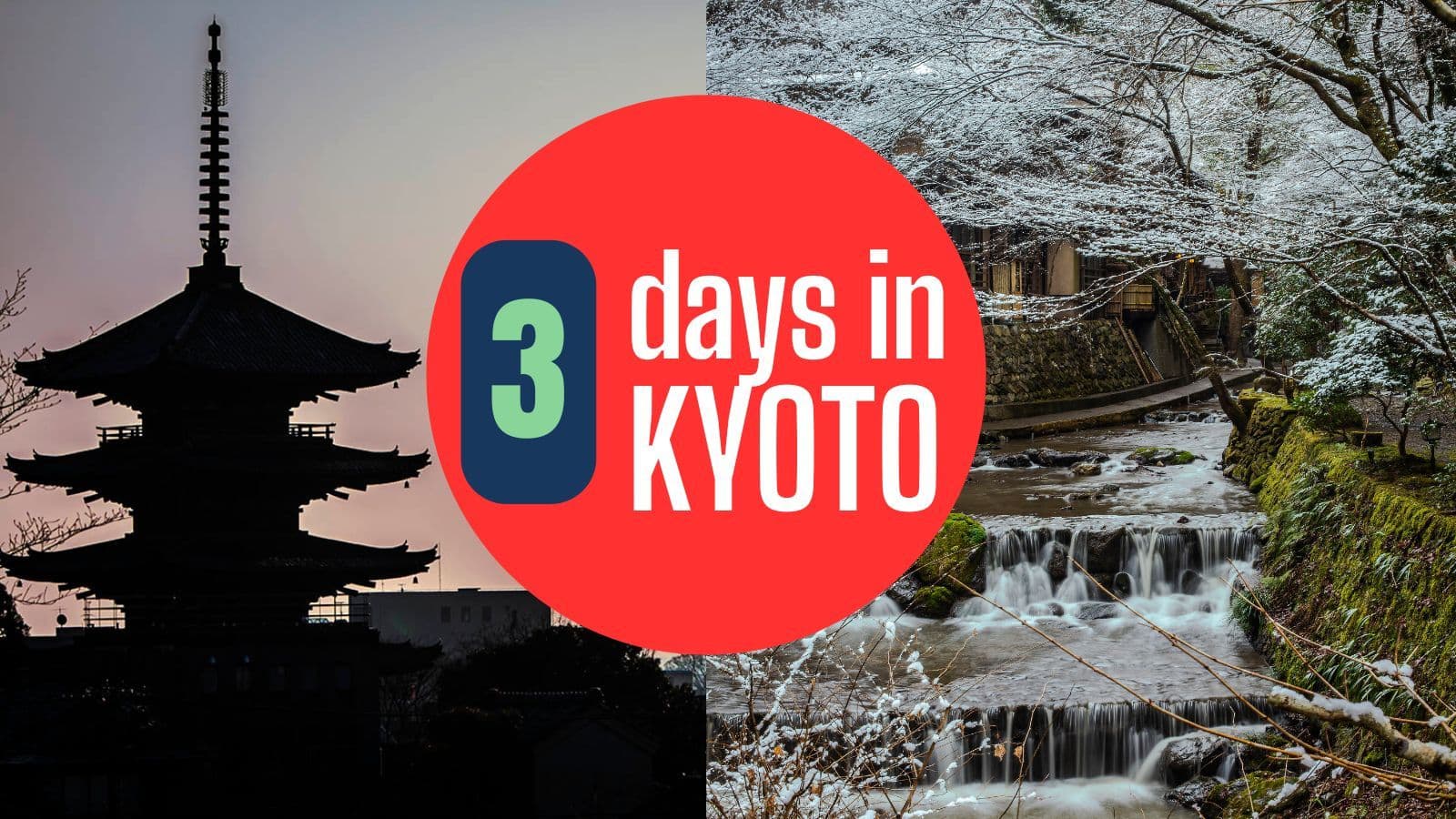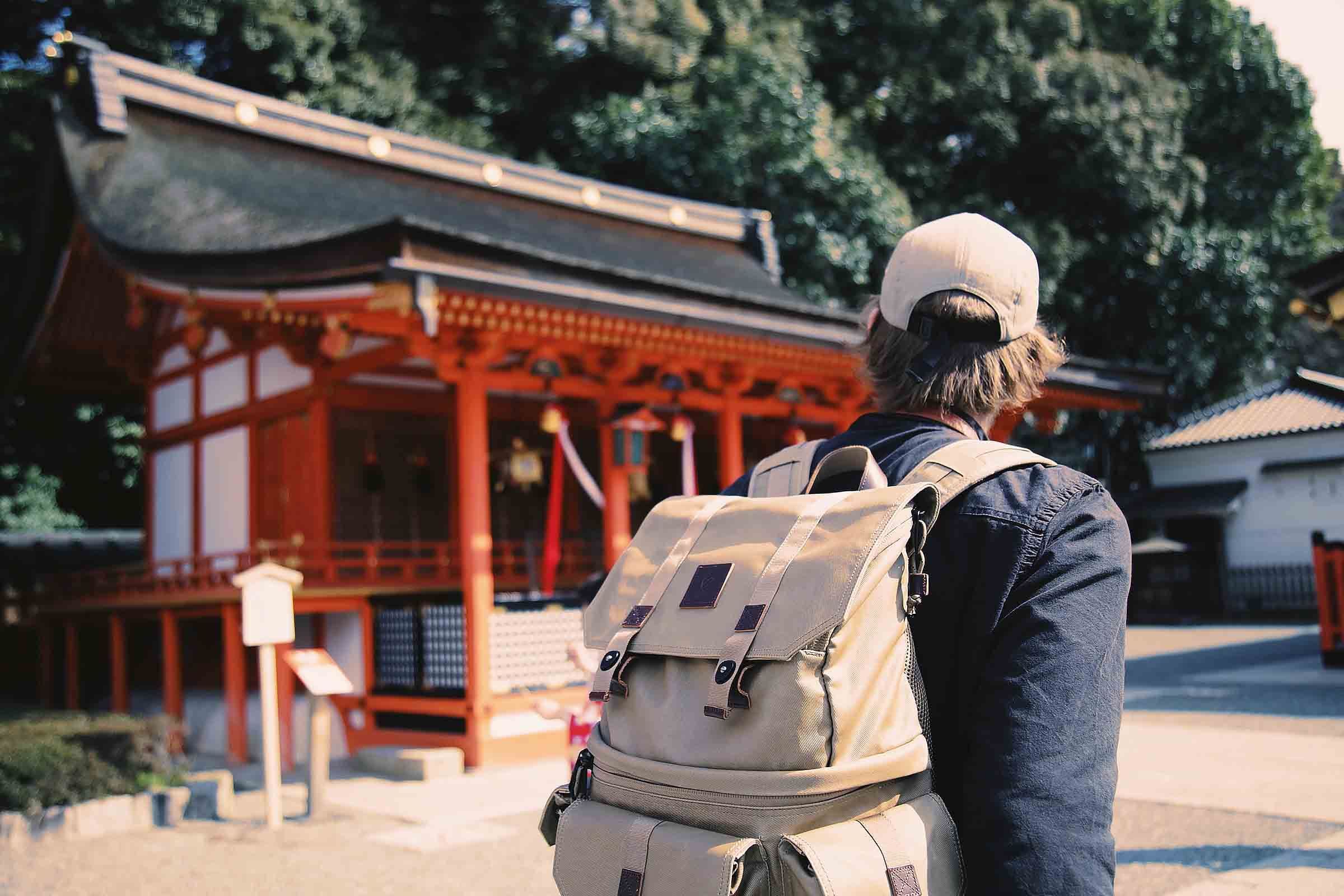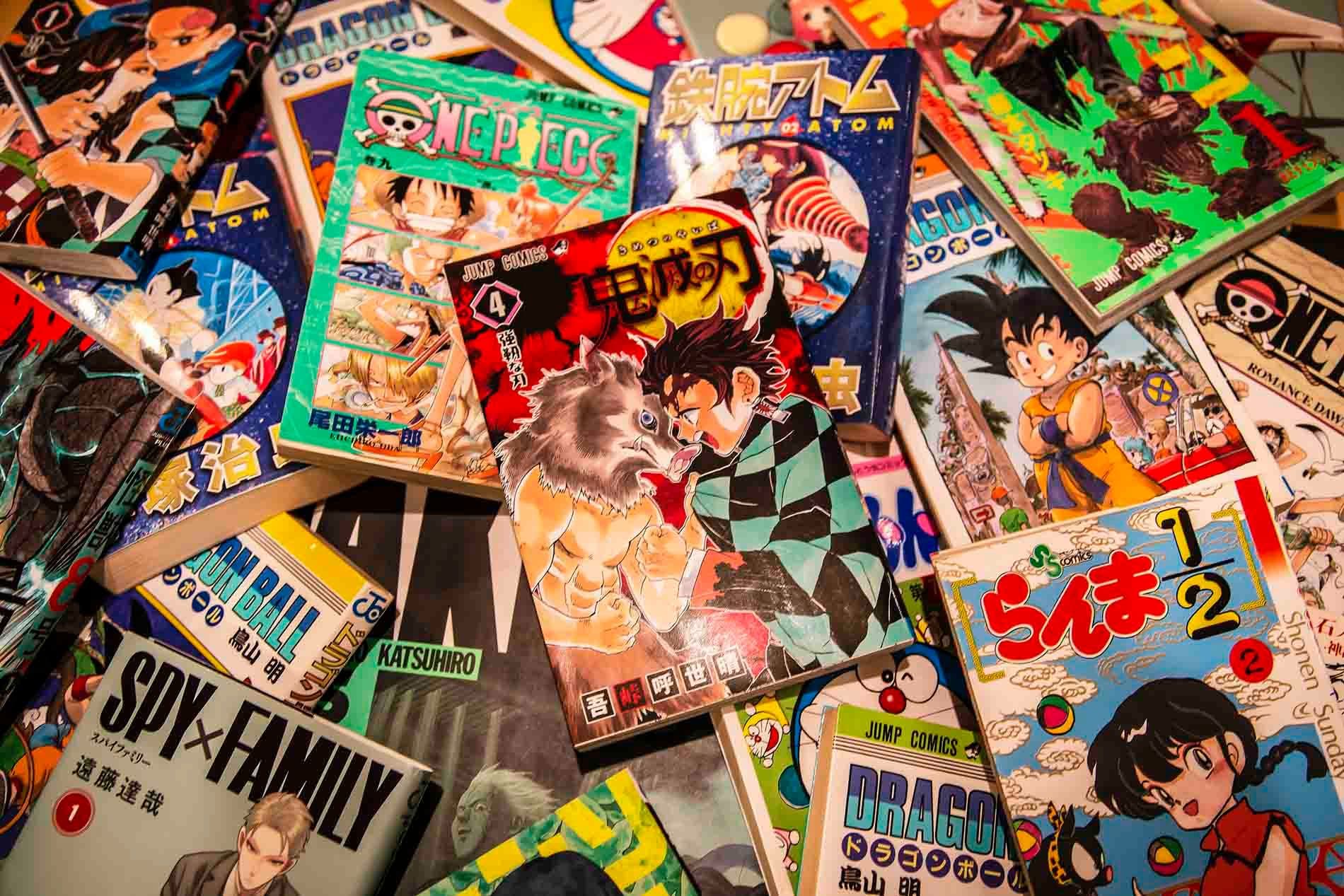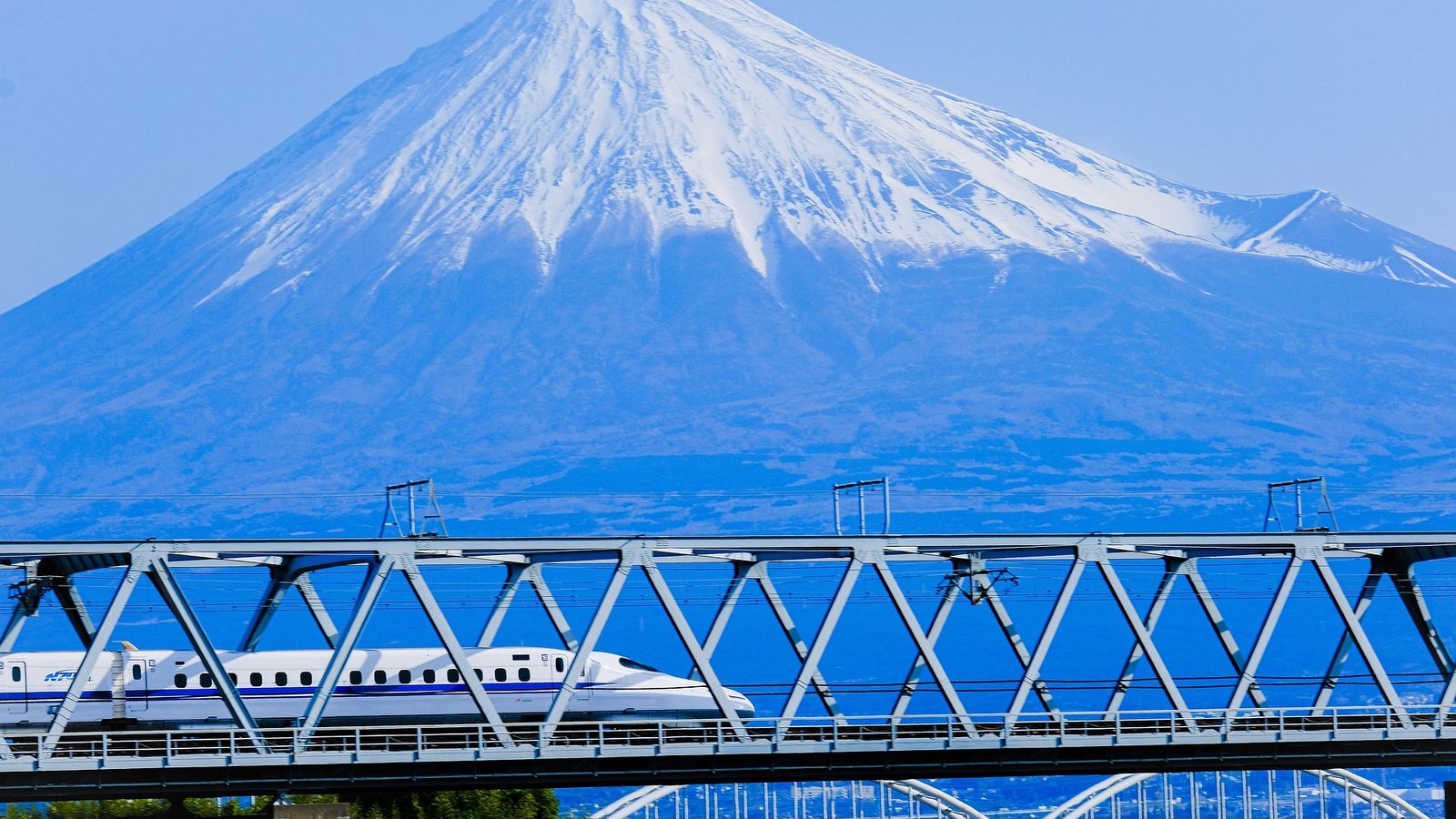
Japan Rail Pass Guide 2025: Is It Worth The Price Increase?
James Saunders-Wyndham

James Saunders-Wyndham
Table of contents:
I remember a time when the Japan Rail Pass (JR Pass) was an absolute steal. Over a decade ago, I used the pass multiple times and traveled to places I might never have visited otherwise.
One of my favorite memories is when I boarded a bullet train on a whim, from Osaka to Fukuoka just to slurp a bowl of the city’s signature tonkotsu ramen for lunch. Spontaneous trips like that were easy—thanks to the JR Pass. Another time I used it to follow the cherry blossom trail from West to East Japan.
But in late 2023, JR hiked the pass price significantly. Many people now question if the pass still offers enough value to justify the cost. If you’re planning a trip to Japan in 2025 and feeling unsure about whether to invest in a JR Pass, read on. Let’s break down who truly benefits, what’s changed, and how you can still score plenty of wins with this rail pass.

The JR Pass is only sold to international tourists visiting Japan. It is a discounted ticket that permits unlimited travel on Japan Rail (known as ‘JR’) trains. Since Japan Rail is the largest train company in Japan and own the Shinkansen (新幹線) - known as the 'Bullet Train'. If you buy a JR Pass, can ride any JR train, including the Shinkansen, without purchasing individual tickets for each journey.
The national rail system, JR is broken into multiple parts (going from north to south): JR-Hokkaido, JR-East, JR-Central, JR-West, and JR-Kyushu.

In October 2023, the price of the JR Pass jumped by 67–77%. That’s a steep increase, but keep in mind that the pass price stayed nearly the same for decades. JR cited three major reasons for the Rail Pass hike:
Where does that leave us in 2025? The pass isn’t the no-brainer deal it once was, but in certain situations, it still offers real benefits. Let’s see who stands to gain the most.

Not everyone needs a JR Pass. Here’s a quick rundown of scenarios:

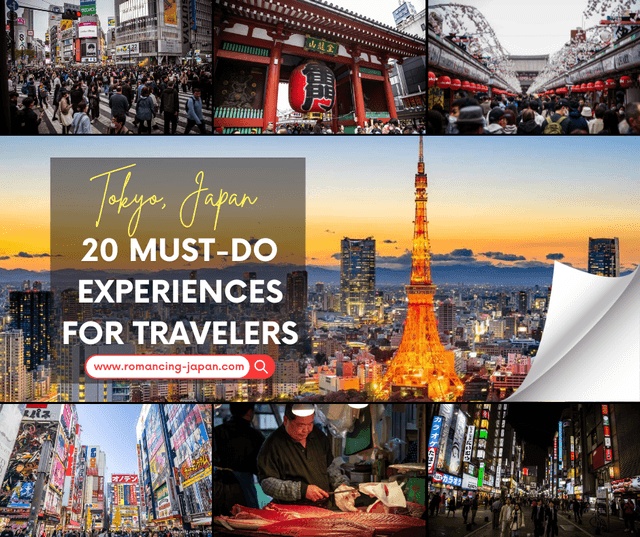
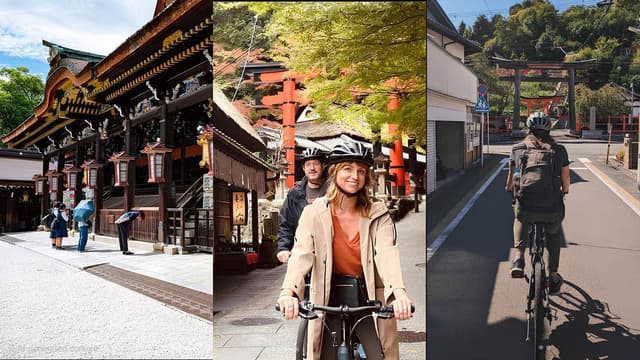
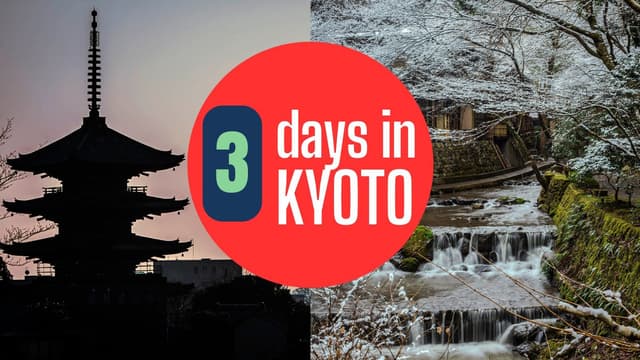

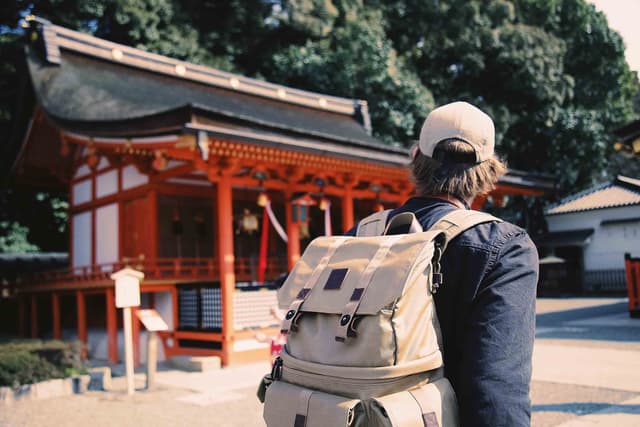
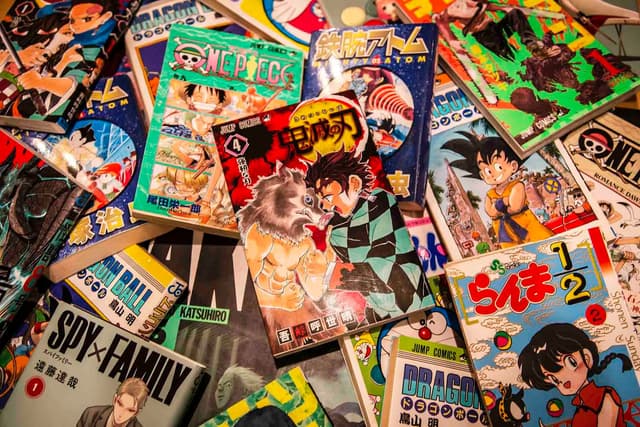
The Japan Rail Group is divided into regional companies: JR-Hokkaido, JR-East, JR-Central, JR-West, and JR-Kyushu. With the national JR Pass:
Tip: Even if a train belongs to JR, certain “special compartments” (e.g., Gran Class or premium seats) may require an additional fee.

Although the JR network is massive, don’t assume the pass works on everything that runs on rails in Japan. Key exclusions:
Also note that seat reservations may cost extra if you’re aiming for certain limited-express trains with special seat classes.

Here’s a simplified rundown of post-2023 prices for the Standard (Ordinary) JR Pass. (Prices can change, so please always check the latest official info.)
| Duration | Adult - Green Car | Child - Green Car | Adult - Non-Reserve | Child - Non-Reserve |
| 7-days | ¥70,000 ($448 USD) | ¥35,000 ($224 USD) | ¥50,000 ($320 USD) | ¥25,000 ($160 USD) |
| 14-days | ¥110,000 ($705 USD) | ¥55,000 ($352 USD) | ¥80,000 ($512 USD) | ¥40,000 ($256 USD) |
| 21-days | ¥140,000 ($897 USD) | ¥70,000 ($448 USD) | ¥100,000 ($640 USD) | ¥50,000 ($320 USD) |
Short answer: It can be, but it depends heavily on your itinerary. Let’s do a quick cost check:
If you want to travel up and down Japan in a short time—say, Tokyo → Kyoto → Hiroshima → Fukuoka → Tokyo within a week—the pass can absolutely save you money.
On the other hand, if you’re only doing Tokyo ↔ Osaka once, you’re unlikely to “earn back” the cost of a 7-day pass. In that case, buy separate tickets or consider a regional pass for just JR-West or JR-East.
The Ordinary Pass covers standard (economy) seats. You can use unreserved cars or reserve a seat at no extra cost, but sometimes seats are full during rush hours or peak seasons. If that happens, you may have to stand.
Green Car Pass is like having a first-class ticket. Green Cars have more spacious seating, extra legroom, and a quieter environment. On popular bullet trains and limited express trains, this can be a huge perk—especially if you want to avoid crowds. However, Green Car passes cost substantially more.
Insider Tip: If you’re traveling off-peak or not going too far, the ordinary car is usually fine and comfortable enough.
Important: You must buy the pass before arriving in Japan (though there is now an option to buy it at some stations in Japan for a higher cost). Typically, you purchase an “exchange order” online, then pick up the actual pass once you land, by showing your passport and “Temporary Visitor” stamp at a JR exchange office.
If you’re ready to purchase—or just want to see the exact, up-to-date pricing—check out my JR Pass Affiliate Link Here. I partner with a trusted vendor, so you’ll get:
I may earn a small commission if you use my link—but rest assured, it comes at no extra cost to you. It’s a win-win way to support this site and help fund more in-depth Japan travel guides!
Still not sure? Jot down your major destinations and look up individual ticket prices using sites like Hyperdia or Google Maps (Japan’s transit info is pretty accurate!). Compare the total cost to the JR Pass price. That’s the simplest way to see if you’ll come out ahead.
Yes, the JR Pass got more expensive. But that doesn’t mean it’s a relic of the past. If you plan to explore multiple regions—Tokyo, Kyoto, Hiroshima, Kyushu, maybe even up to Hokkaido—the pass remains one of the most convenient ways to zip around Japan’s intricate rail network. You’ll save time on ticket queues, have the freedom for last-minute day trips, and, in many cases, still save money overall.
As someone who’s used the pass many times, I can promise that the freedom it brings often outweighs the initial sticker shock. If you only have a few days in Japan or plan to keep your itinerary hyper-local, then individual tickets or local passes might be better.
Whatever you decide, I hope this guide helps you make sense of the JR Pass in 2025. If you do pick one up, I’d love to hear about the adventures it inspires—especially if it leads you to a great bowl of ramen in Fukuoka!
Yes, you can buy it at selected JR stations in Japan, but typically at a higher price than online. It’s still recommended to buy before arrival to save money.
Yes, the JR Pass covers some JR-operated buses and the JR ferry to Miyajima (near Hiroshima). However, it won’t cover most city/subway buses or private ferry lines.
No, they are excluded from the JR Pass. You can still ride the Hikari and Sakura bullet trains on the same lines, which only take slightly longer.
You can reserve seats for free (except in certain premium compartments), but seat reservations aren’t mandatory on most trains. If unreserved seats are full, you may need to stand.
This can make the pass more affordable in comparison to past exchange rates. If your home currency is particularly strong against the yen, the JR Pass might still feel like a good deal.
Loading Comments...

I've been immersed in Japanese culture and daily life for over 30 years and am proud to call Japan my home. Originally from Australia, my journey has taken me from teaching at Japanese universities to traveling extensively across the country, uncovering its hidden gems. As a web developer, I built Romancing Japan from the ground up to share these experiences with you. Whether it's the charm of old Kyoto, the pulse of Tokyo, or the tranquility of the countryside, I love helping others discover the magic of Japan—one story at a time.
